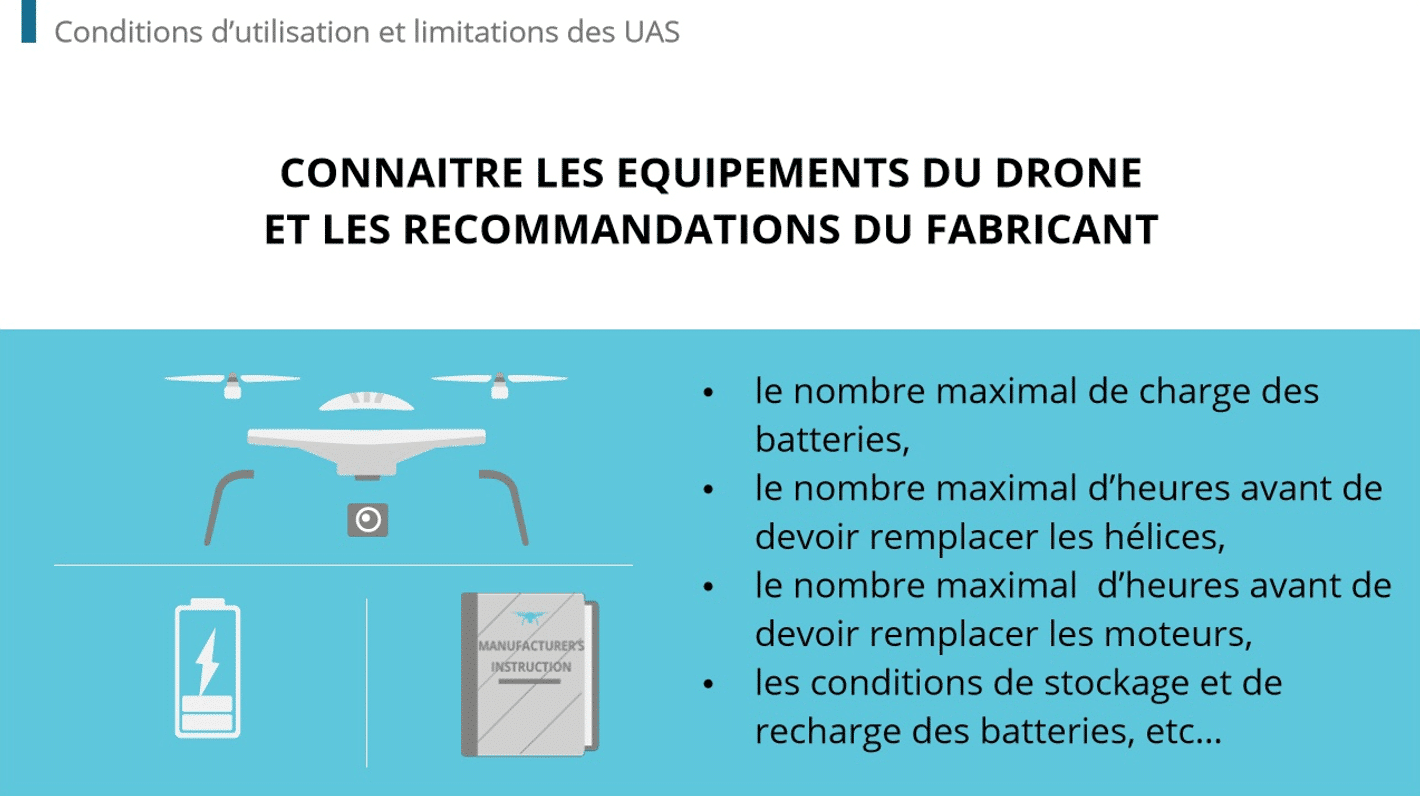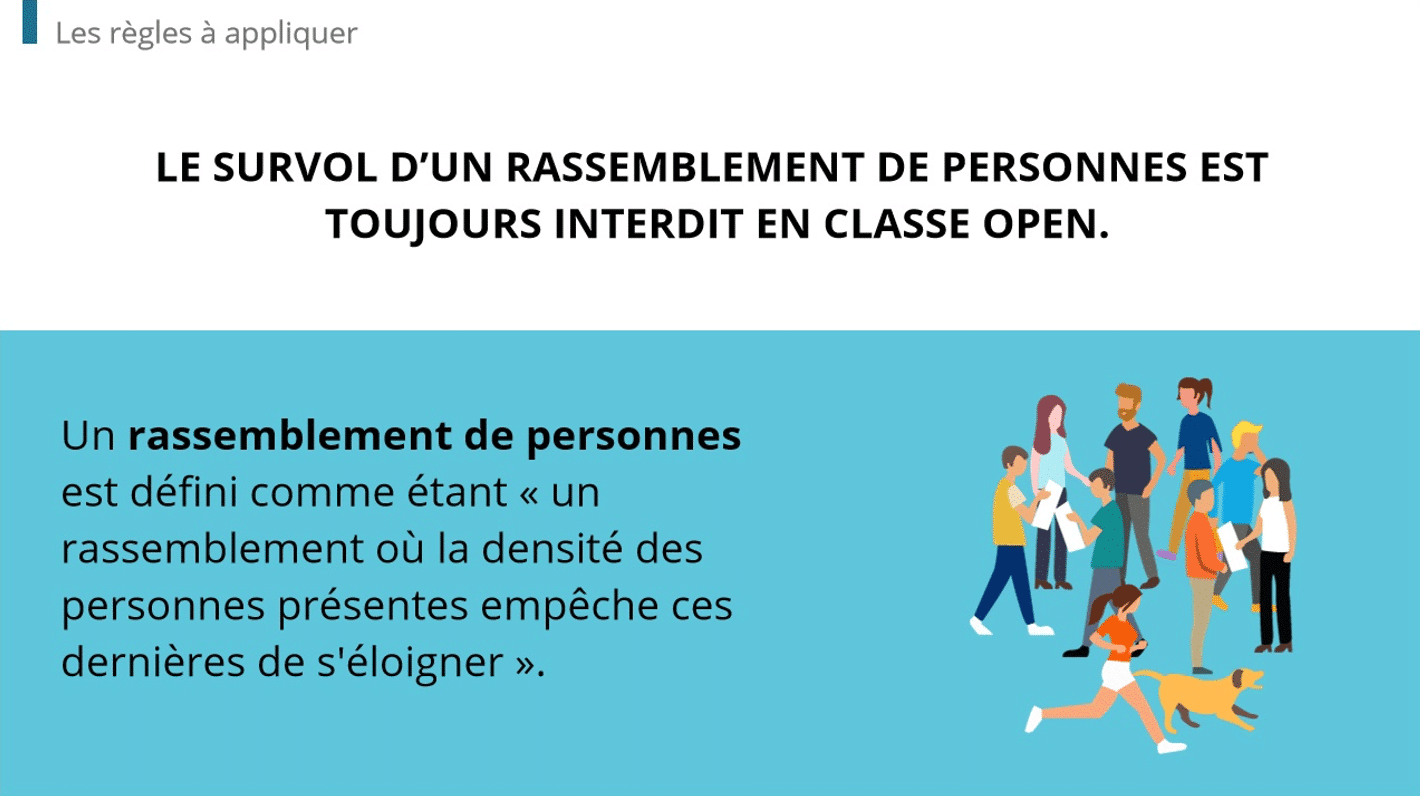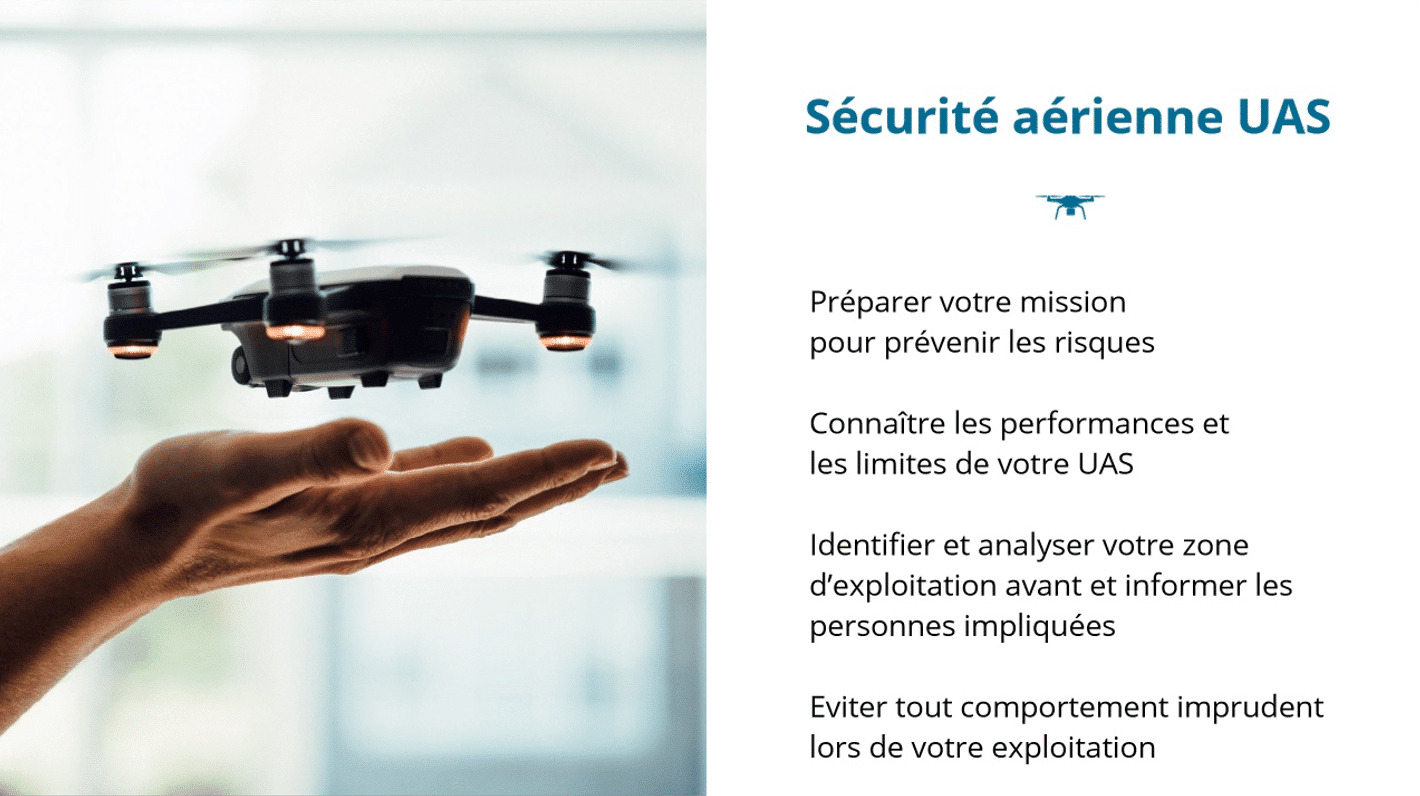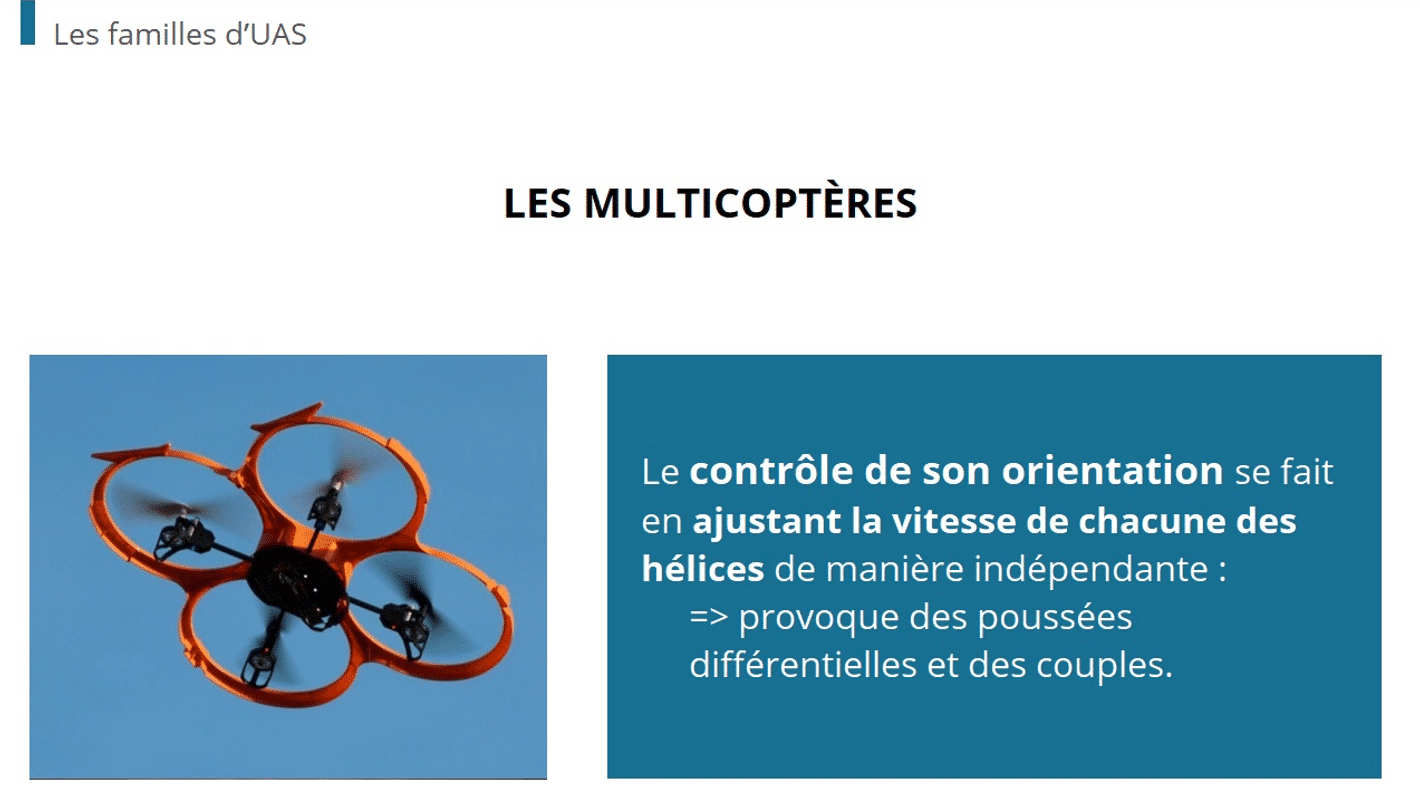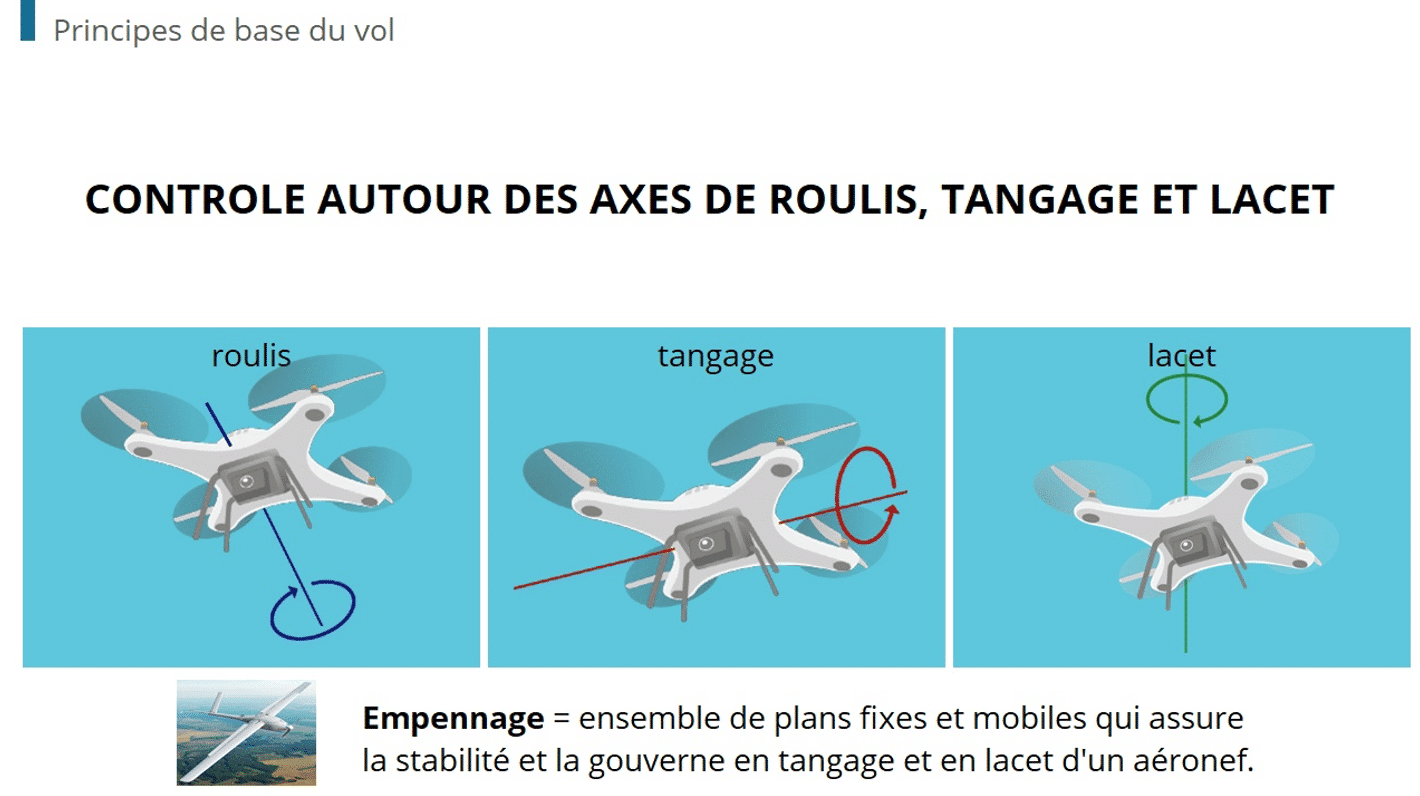Your training programme is ready and the technical aspects of the LMS are in place. Now add that human factor by determining the tone
The human factor is a key element in the success of your program and the motivation of your learners. But how do you decide which tone to adopt for your LMS?
An LMS for business, a tone for business
Look at some of your internal documents and think about your corporate values. Reading these official documents will help you capture the vocabulary and editorial angles that have been established for your business. List words and phrases to use or avoid.
Ask yourself about your audiences: in a company, we don’t necessarily address commercial teams the same way as technical teams. Familiarise yourself with the vocabulary to use with learners prior to training. Meet their expectations.
The right tone for corporate training
Prepare your texts for the LMS as you would for a conventional course. Take existing documents from face-to-face training. Keep your explanations and descriptions short. Remove any pompous expressions and keep the interests of your learners in mind.
- Avoid: “This e-learning module is designed to explain the principles and requirements of official procedures …”
- Preferred: “Need a reminder of the procedures?”
- Avoid: “As an employee in our company, it is obligatory to respect the quality of service as specified in the Manual…”
- Preferred: “Hello, how can I help you? Because you are our best ambassadors, don’t forget to smile and make yourself available… “
- Avoid: “In this module, you will learn how to manage a difficult situation with a client.”
- Preferred: “You’re about to close a sale, but there’s a problem: your client asks you…”
It is essential to give your text a sense of life and mood, and that it tells a story. Place your learners in a concrete situation. A text written in the form of a chat allows users to get directly involved and make the link between the training and their daily work. It should not only make them think, but promote them to act.
The final test
As much as possible, test your platform before posting your courses and specifically ask employees what they thought of the situations, explanations, etc. During the learning, organise surveys to collect information on the quality of trainers and the training.
Of course, every business is different. To put together a customised training for your employees, work with a DOKEOS team member who can help you implement a tailored































